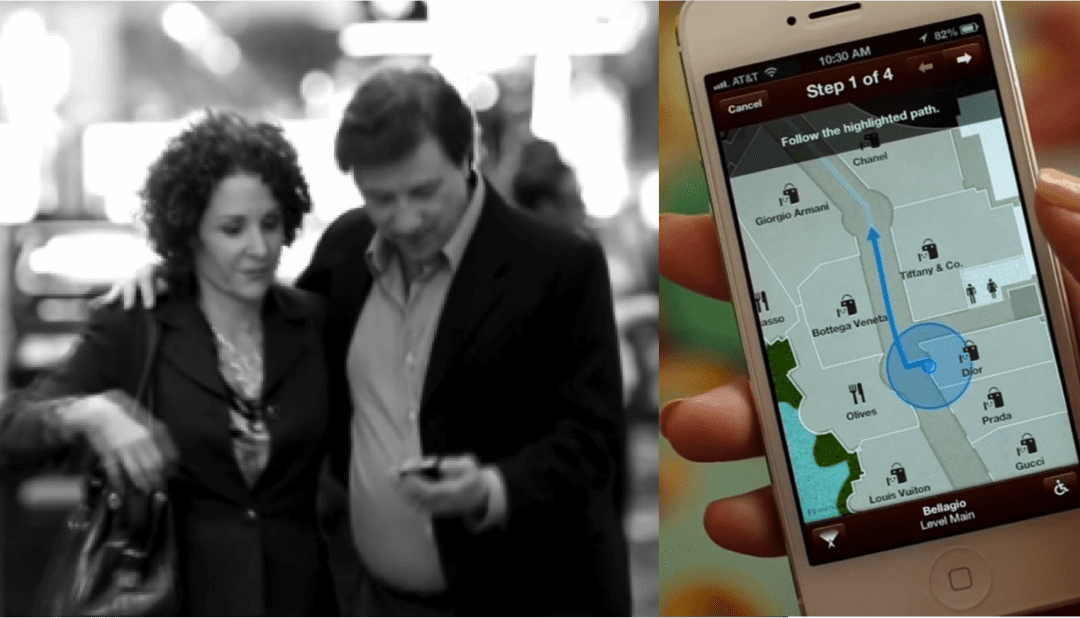This post was originally posted on Wearable World News here.
Internet of Things in Retail: How Leading Retailers are Translating e-Commerce to the Brick & Mortar
The Internet of Things creates unprecedented opportunities to achieve Marketing’s proverbial ‘Holy Grail:’ Right person, right content, right time, right place. By applying the principals of e-Commerce to the offline world, retailers can effectively apply in-store touchpoints to create “digital cookies” in the physical realm. The idea is that, just as cookies on a website recognize user profiles and behaviors when they return to the site, sensors, beacons, and other smartphone capabilities create the same anchors for applying context in the brick and mortar.
This post is the first of a two-part series in which we’ll explore both external (customer-facing) examples in part one, and internal (operations-related) examples in part two.
1. Macy’s Uses iBeacons to Push Proximal Offers to Nearby Shoppers
Macy’s was among the first retailers (other than Apple itself) to roll out Apple’s iBeacons in a pilot of big city locations. Partnering with Shopkick and Apple, the installed iBeacon hardware transmitters send encrypted signals to nearby iPhones with Bluetooth Low Energy (BLE) and the Shopkick retail companion app. Macy’s pushes special offers and recommendations to customers based on the specific department in range. An important distinction in this use case is that users don’t have to already be in the Shopkick app to receive notifications; friction is eliminated as notifications are automatically pushed to the customers’ smartphones based on vicinity. This same technology is now being implemented in more than 100 American Eagle stores and 200 Safeway grocery stores nationwide.
2. MGM Integrates Loyalty Data for Customized Notifications & In-Ecosystem Promotion
MGM is using GPS sensors, customer loyalty information, and user behavior to create unique experiences for casino visitors. For hotel guests staying in the Bellagio, MGM sends notifications for nearby restaurants, shopping, show deals etc. via the MGM smartphone app. Given the vastness of the MGM ecosystem, from casinos to restaurants to shows to shops and beyond, this connectivity allows MGM to effectively serve as its own advertising platform by filtering and then promoting its own properties to visitors.
3. Taco Bell & Waze Partner to Embed Advertising into Destinations on a Map
Yum! Brand’s digital poster child, Taco Bell leverages several brand integrations within the real-time social engagement map app, Waze: promoting branded pins of locations, destination-specific targeting, and custom campaign messaging when tapped. Special offers only appear while the car is not in motion (i.e. at a stoplight). Leveraging smartphone sensors and the app as an ad platform, Taco Bell is creating a more real-time, less salesy, relevant experience for customers, while at once collecting data on users, ad performance, locations, and verifiably attributable revenue.
Promotions & Coupons Still the Low-Hanging Fruit for Customer-Facing Use Cases
As we are still in the early days of IoT (and in its retail application), most retailers dabbling in this technology are starting with the lowest hanging fruit: real-time promotions and coupons. Maturity in this space will likely come in the form of connected hardware customers find useful while shopping. This 2014 National Retail Federation gave a sneak peak, revealing things like connected mirrors imposing an augmented reality view of outfits on life-size images of customers; emotion tracking technologies designed to recognize facial cues and optimize signage or send someone to help; and smart vending screens like Coca-Cola’s Freestyle machine or Tesco’s in-subway digital grocery shelves.
Part two of this post will focus on examples of how leading retailers are using IoT technology to serve internal use cases (focused largely on driving operational intelligence and efficiency) rather than customer experience and purchase.



